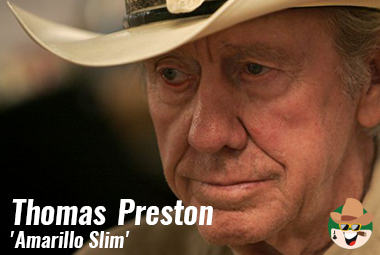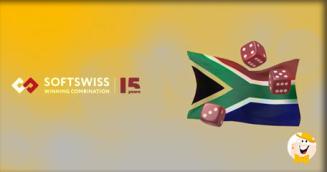
Let's face it: getting old has its drawbacks.
Oh, there are good things about getting older. You gain wisdom (supposedly), and you save money on bus fares, AMTRAK and other things that you buy.
If you are a poker player, aging has mixed blessings. Johnny Moss, for example, played a tough poker game every day of his life and he was well into his 80s when he got the Golden Handshake.

Today a new breed of poker player has seized control of the poker world -- and they have done it big time. They have developed new techniques that have caused a lot of problems for the old timers like myself. Their strategies were worked out on computer systems and by the simple process of study. Just look at the names of the people who are winning the bracelets and pocketing all that cash in the major poker tournaments. Most of them you haven't heard of and some of the new arrivals are the new kids on the block. For us old timers, it's an ugly picture.
But we're not giving up. Not by a long shot.
We're going back to the basics.
Let's start with Doyle Brunson. I realize I have written about his book 'Super System: A Course in Power Poker' before, but I will say it again. This book was the ultimate system for playing poker. It taught people how to think, calculate odds, work probability, and adjust to the play of the other players, regardless of their skills.
Doyle asked Amarillo Slim Preston to write the preface to the book. Although Slim had been Doyle's partner for years, he told Brunson to send it over and he would take a look at it. Other poker players had made similar requests to him and Slim had turned them down because they didn't play poker that well and their literary efforts sucked. But when he read 'Super System,' he could tell Brunson had written the definitive book on poker. He knew the book would make his life and the lives of other professionals a lot harder but he also knew a lot of people would not understand the significance of some of the points Doyle was making. He said the book and the lessons in it were made of gold.
The basics in poker are like the basic steps the military takes to turn a civilian into a soldier. Instructors use exercise, routine, marching and equipment to make the transformation. In order to become a functional poker player, a person must take similar steps in the way he thinks and reacts to other players.
Poker has always been and always will be a game of people. Cards are involved, too, but people are the most important and that means understanding what your foes are trying to do.
If you were able to put your opponent on a hand, for example, and your thinking was correct, there is no way that person could relieve you of your bankroll. And if you could make that person think you had the best hand when, in fact, you had a busted straight or flush, the same thing would be true.
People from all walks of life play poker, from high school dropouts to laborers and attorneys, doctors and other individuals with PhDs. Do they all play alike? Of course not. Some enjoy bluffing and stealing pots. Others are timid and would never attempt a bluff. Some are super-aggressive, willing to raise a pot with any two cards and follow up with a bet or two when they have nothing. Others will raise on high cards and check after the flop if they make nothing.
Part of the basics means studying people to determine just where they are at in a hand.
Some people play poker for fun. Whether they win or lose is beside the point. They plan to be in the game for a certain amount of time, after which they will meet their wife, girl friend or someone for dinner. What happens in the game is practically irrelevant to them.

Remember that timid players rarely win in poker, especially when the stakes are high.
I smiled when I read in his book that Brunson gives some credibility to ESP. ESP? Extrasensory perception? Doyle asks the reasonable question is it really too far-fetched to suspect that an electrical device like the human brain, concentrating on a big pot, could broadcast a simple message like a pair of jacks or pocket kings to a person sitting six feet away? Your guess is as good as mine but Doyle thinks it's possible.
There are only 52 cards in a deck and once those cards have been delivered, the game is on. That is when the basics -- odds, implied odds and probability -- take control. You are like a surfer caught in a wave. It can deposit you anywhere it wants to and there is little you can do about it.
Poker is a great journey and it can be rewarding as well as fun. Like all journeys, there may be missteps and accidents along the way. But if you keep your face pressed to the tasks and keep moving ahead, you will arrive at your destination. You could be bloody and bruised, but you will get there.
Your core beliefs and personality will play a key role in how you do at a poker table. Some players like Brunson are capable of destroying an opponent without a thought, while others are apprehensive about such a step. This is part of the basic training that goes into creating a top poker player. It's something you just can't ignore.
Be observant. Watch other players play. Look at the mistakes they make and learn to avoid them when you are in a pot.
The young players, the kids, may think they have all the answers. I have news for them. They don't. A player who sticks to the basics of poker, regardless of his age, will have the edge in the end. Good luck. Let the games begin.
Author: Geno Lawrenzi Jr.
(Geno Lawrenzi Jr. is an international journalist, magazine author and ghostwriter and poker player who lives in Phoenx, AZ. He has published 2,000 articles in 50 magazines and 125 newspapers. If you want to share a gambling story or book idea with him, send an email to glawrenzi@gmail.com ).





